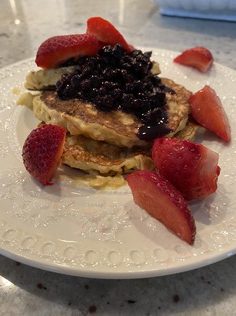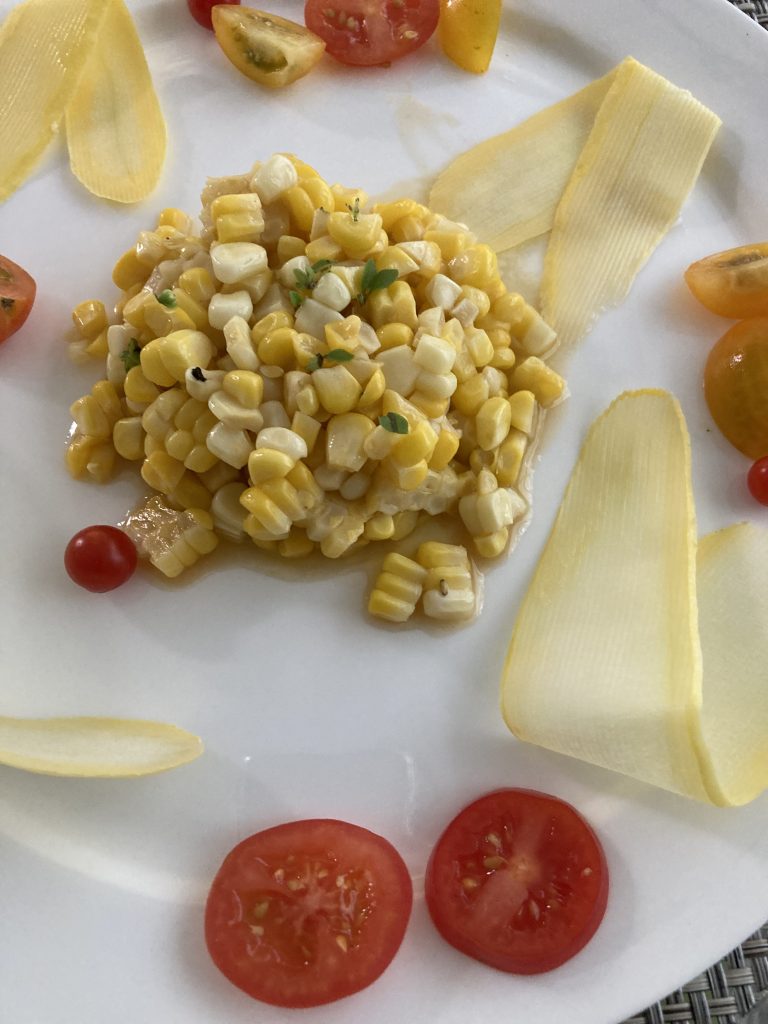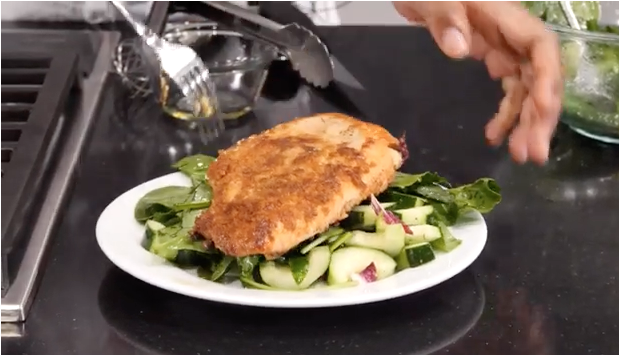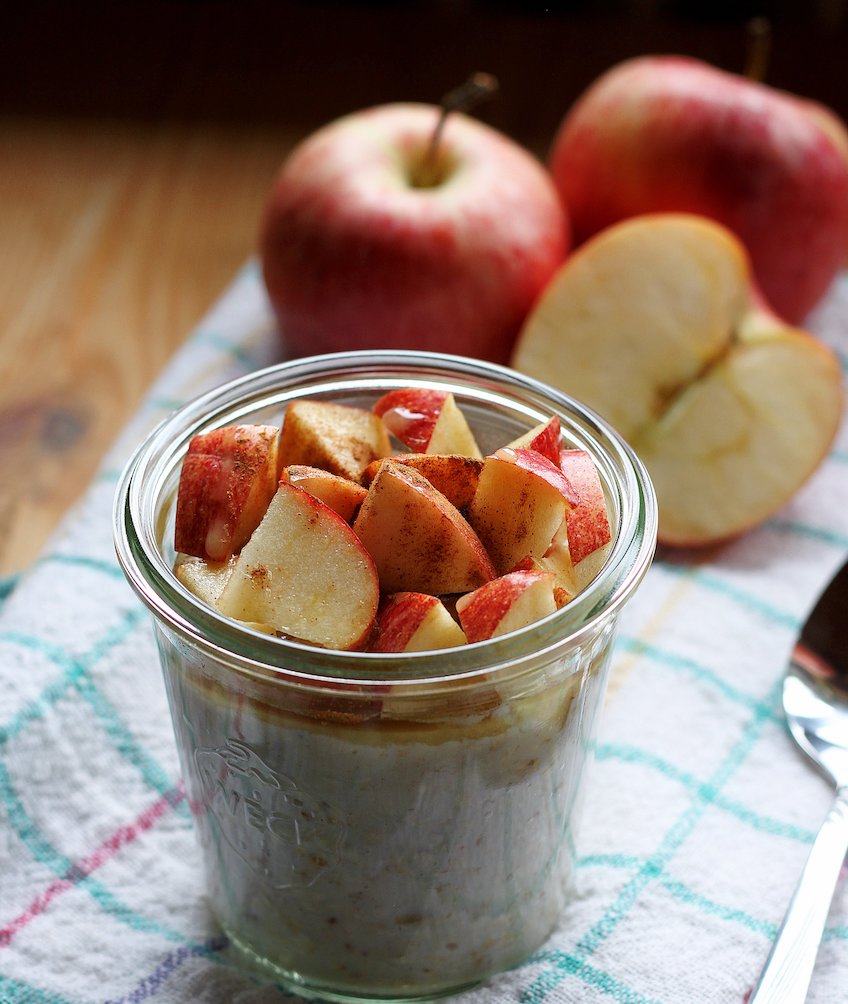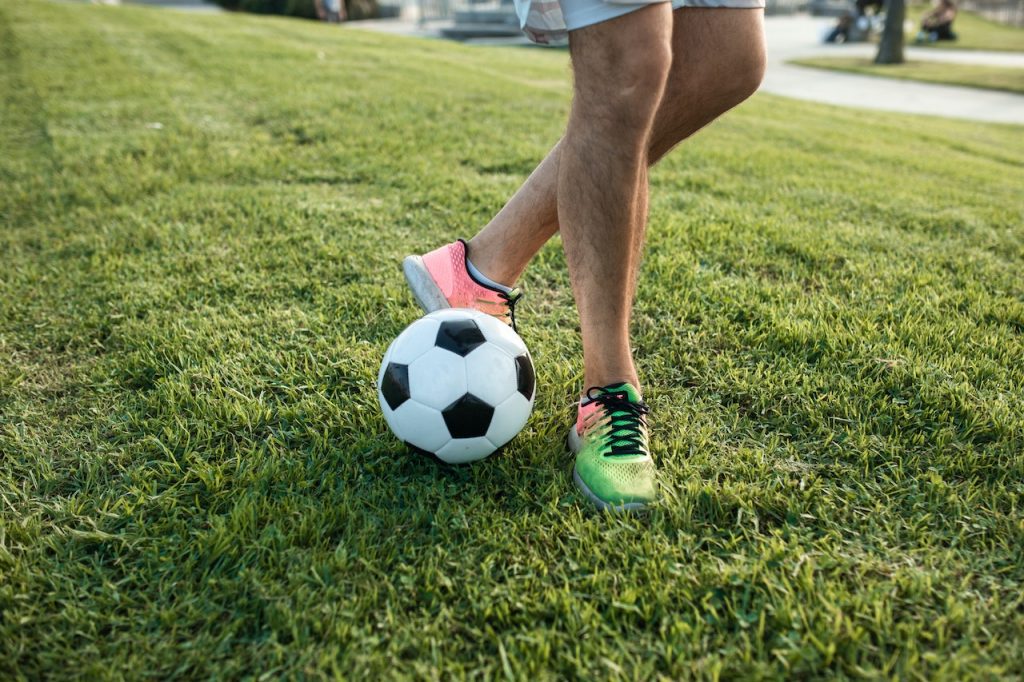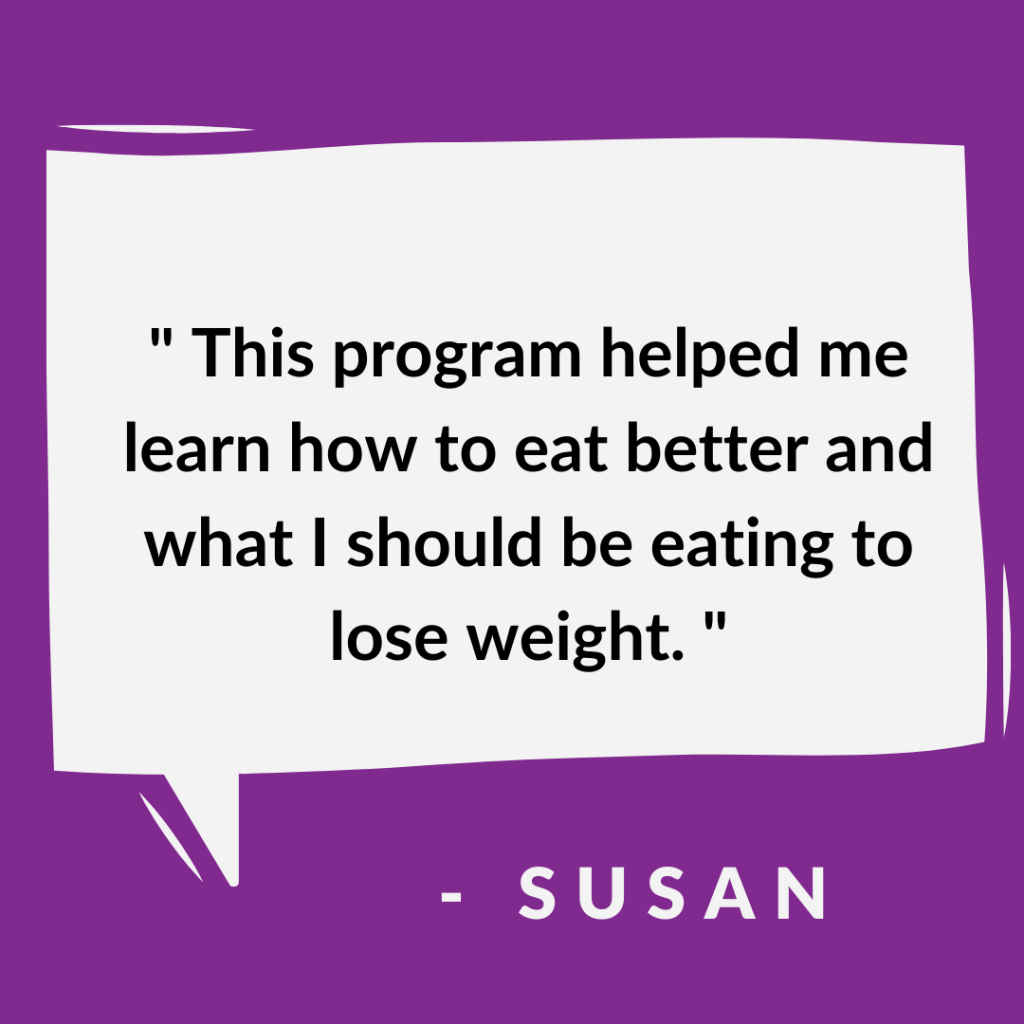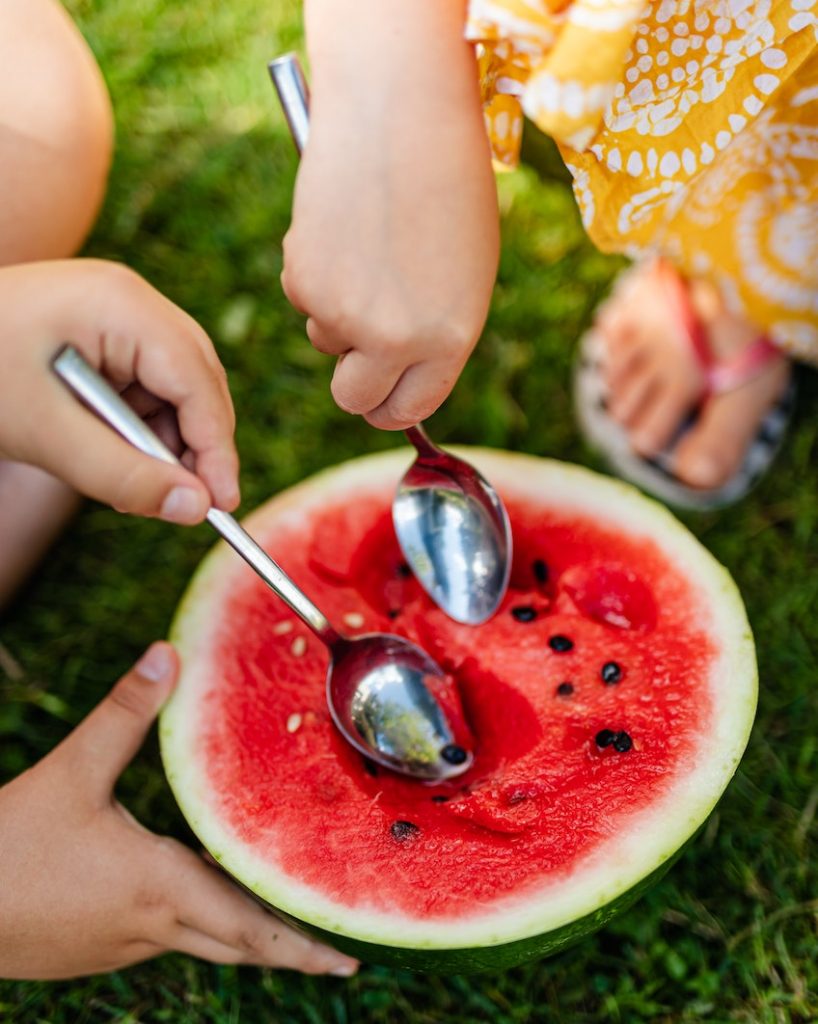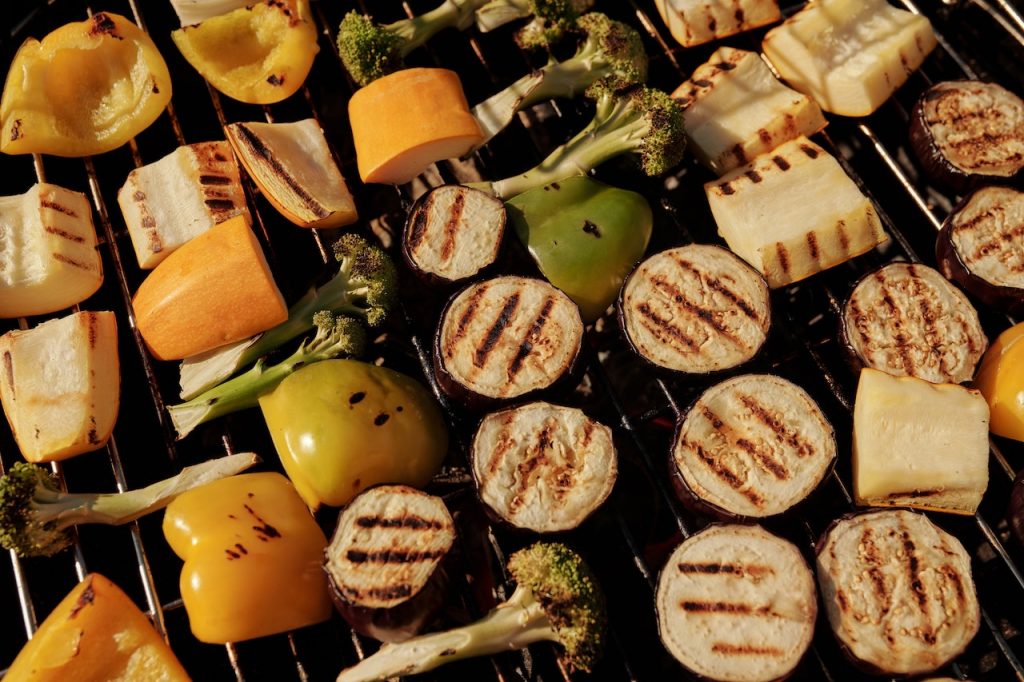I don’t know about you, but the recent research around breakfast has been very confusing to me. Originally, it was considered to be the ‘most important meal of the day.’ Then the evidence around the importance of breakfast for overall health and achieving and maintaining a healthy weight became mixed as intermittent fasting started to show some promise as one approach to weight loss. Since most intermittent fasting (IF) schedules include only a short window of eating, such as the 16/8 method – only eating between 11 am and 7 pm or noon and 8 pm OR the 14/10 method – only eating between 10 am and 8 pm, IF eating patterns do not typically allow for breakfast.
As a breakfast lover, I experience the personal wins from starting each day with a healthy breakfast complete with a whole grain, protein, and fruit. A little coffee, too, never hurts. This breakfast fuels me with the energy to work out most mornings, walk my dog, get my kids out of the house, go to work and morning meetings, and successfully carries me through until lunchtime. I don’t know how I would function without it. Ok, maybe I would function, but would perhaps alienate my entire family and co-workers in the process.
This week, I was elated to see the recent article once again singing the praises of my beloved breakfast! Ok, perhaps, that is a slight exaggeration, but the article did say that skipping breakfast leads to nutrient deficiencies and overall lower diet quality. The article is in the Proceedings of the Nutrition Society.
Key findings of the study showed:
- Breakfast skippers consumed fewer vitamins and minerals compared to those who ate breakfast. The biggest differences were seen in consumption of folate, calcium, iron, and vitamins A, B1, B2, B3, C and D.
- Breakfast-eaters consumed more calories/day; however, the lunch, dinner and snacks were larger among breakfast-skippers and were of a lower diet quality.
- Nutrients missed by skipping breakfast among breakfast-skippers were not compensated for during lunch, dinner and snacks.
Additionally, here is a link for the press release.
HOORAY! Another WIN for breakfast lovers!
You may also enjoy:
Strawberry and Tahini Smoothie
Five Ways to Avoid Gas with Beans
Quick meal for a Busy Weeknight: Build Your Own Burrito Bowl
Don’t miss another great blog: Subscribe Now
